An interior designer is an artist. Master the art of aesthetics, but much more than that. It is one of the most exciting and creative professions in arts and design.
Being an interior designer is a unique opportunity. It's about understanding spaces, functionality, ergonomics, and even color psychology to create spaces that impress and improve people's quality of life. An interior designer balances creativity and technique, translating clients' desires into real spaces that reflect identity, comfort, and innovation.
The profession has gained new prominence with the growing appreciation of personalization and well-being in residential and commercial spaces. However, like any career, it has its challenges. Managing tight deadlines, limited budgets, and high expectations can make day-to-day life demanding, forcing resilience and adaptability.
This article explores the benefits and challenges of being an interior designer. We will address the main skills required, how to deal with the sector's difficulties, and how this area has evolved over the years, always with a focus on transforming challenges into opportunities.
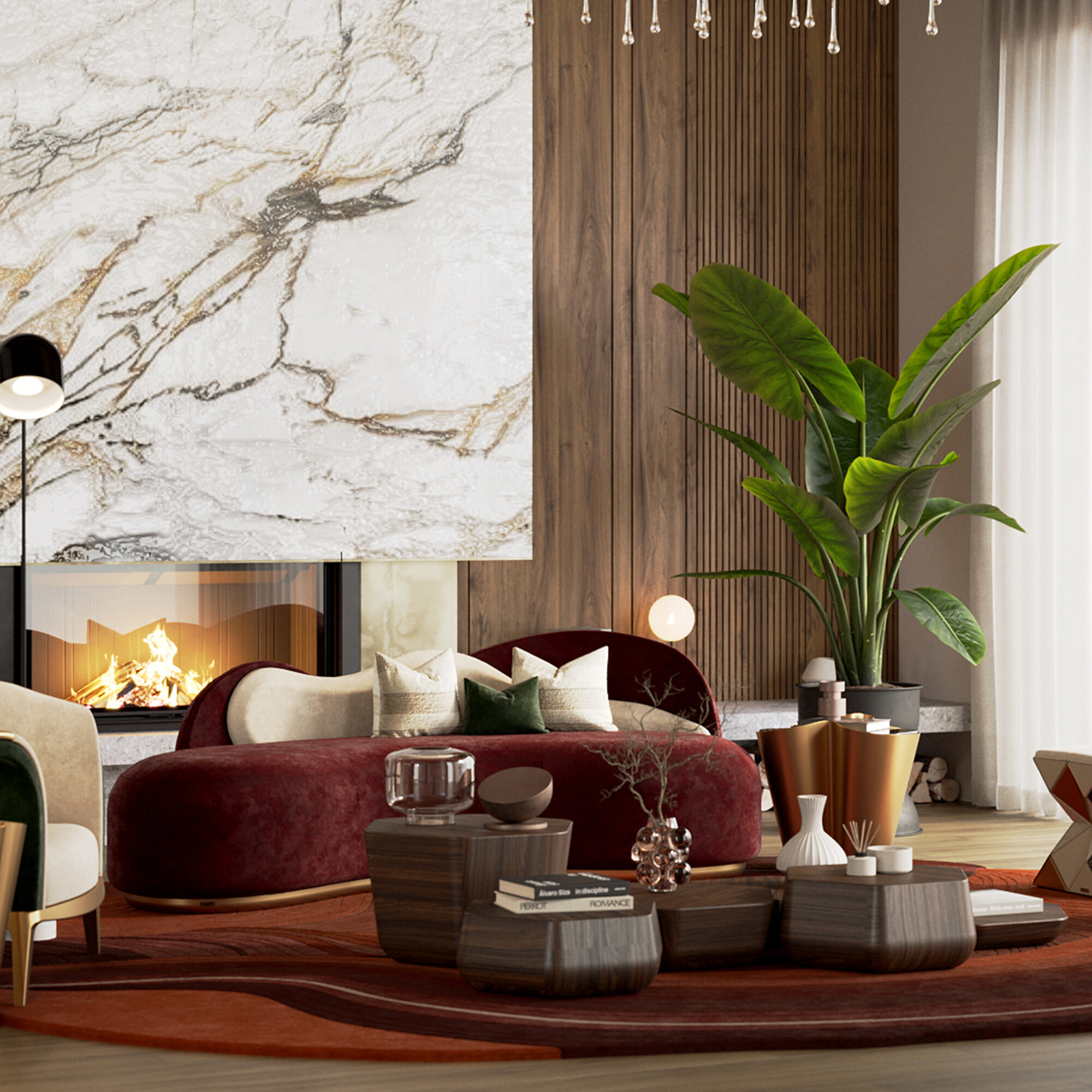
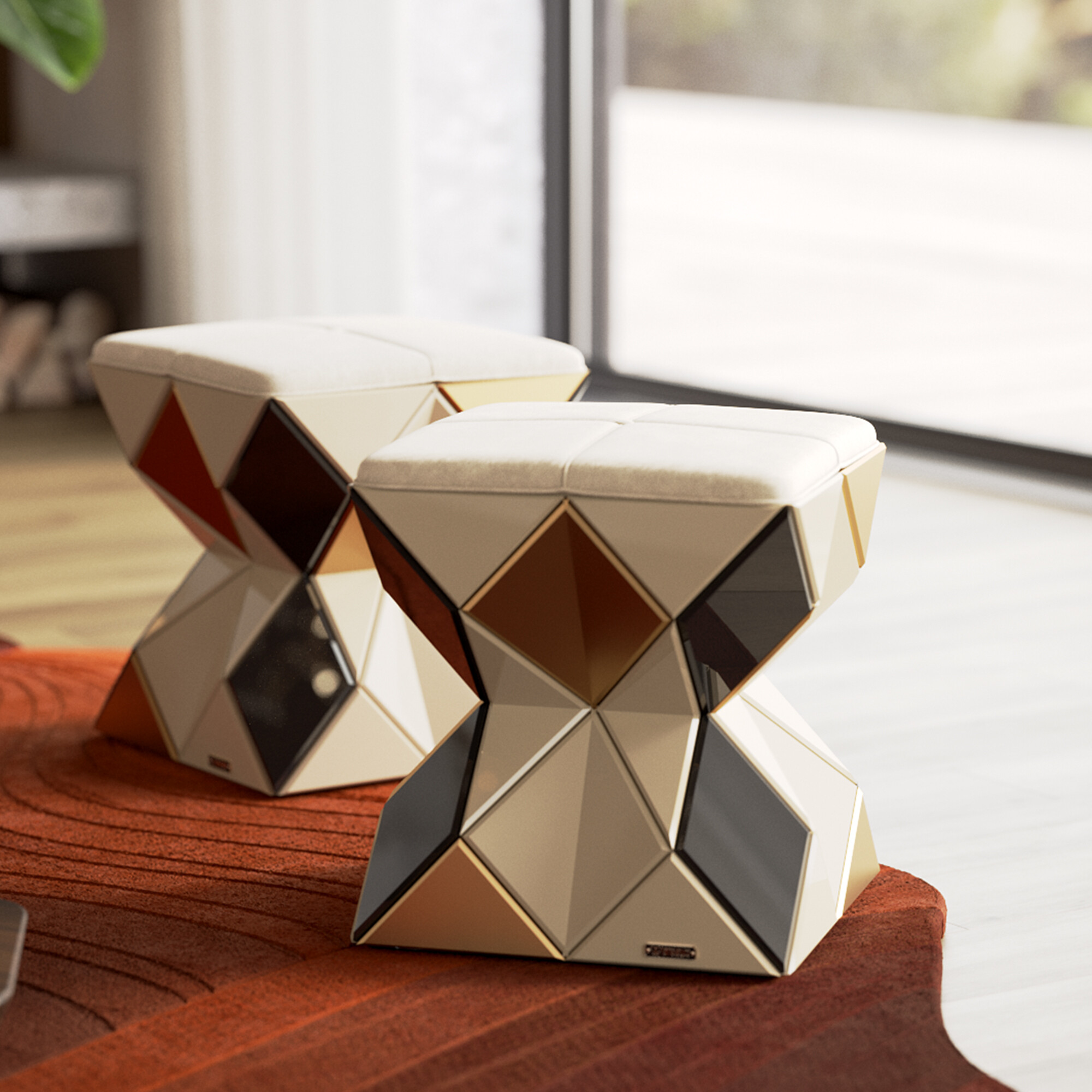
Interior design combines art, functionality, and innovation. For many professionals, the beauty of the profession is that each project is a new opportunity to create something unique and meaningful. The ability to transform spaces and impact people's lives through design is one of the reasons so many fall in love with this career.
One of the most significant advantages of being an interior designer is the ability to work creatively daily. Each project is unique and brings new challenges, allowing you to experiment with innovative styles, materials, and concepts. This is a gratifying career for those who enjoy exploring the aesthetics and functionality of spaces. As the interior designer Pedro Teixeira highlights, each project is a new blank canvas where the designer's creativity and vision become reality.
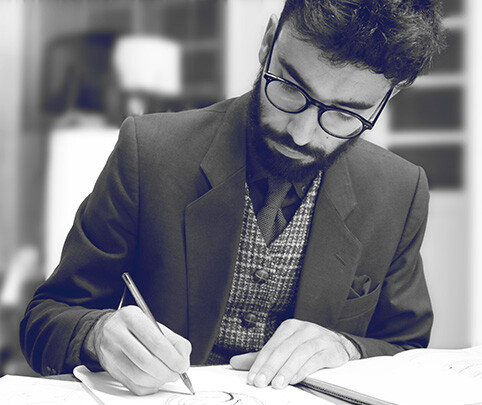
The interior design career offers many projects, from renovating homes, offices, and commercial spaces to creating hospitality environments like hotels and restaurants. Each client brings a unique vision and, with that, a new challenge to be solved, as highlighted by Marie Soliman, who explains that each client brings unique challenges, making the professional journey a constantly stimulating dynamic. The diversity of projects allows designers to explore different styles and approaches and work with various materials, textures, and concepts. This variety keeps the work dynamic and engaging, avoiding monotony and encouraging constant innovation.
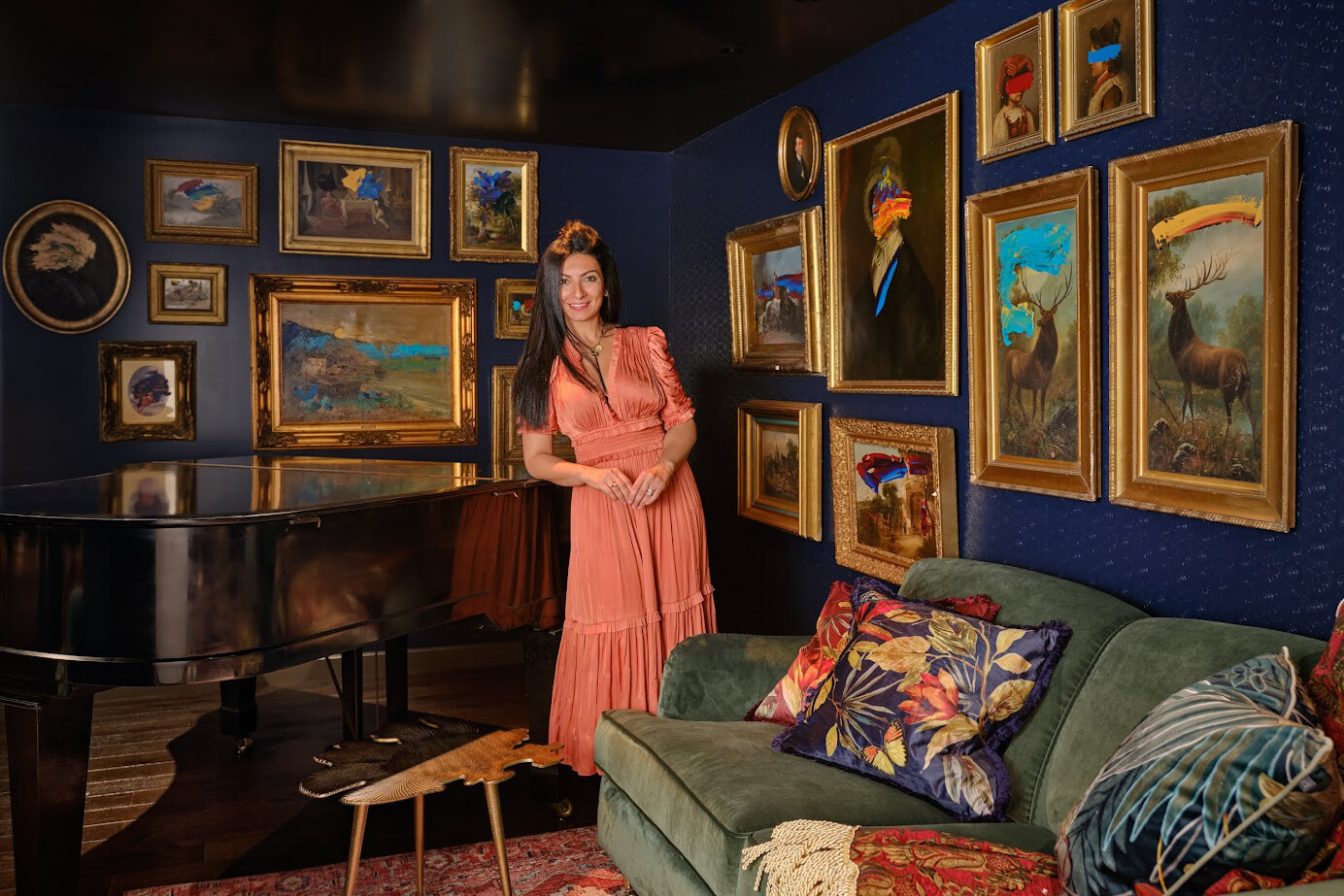
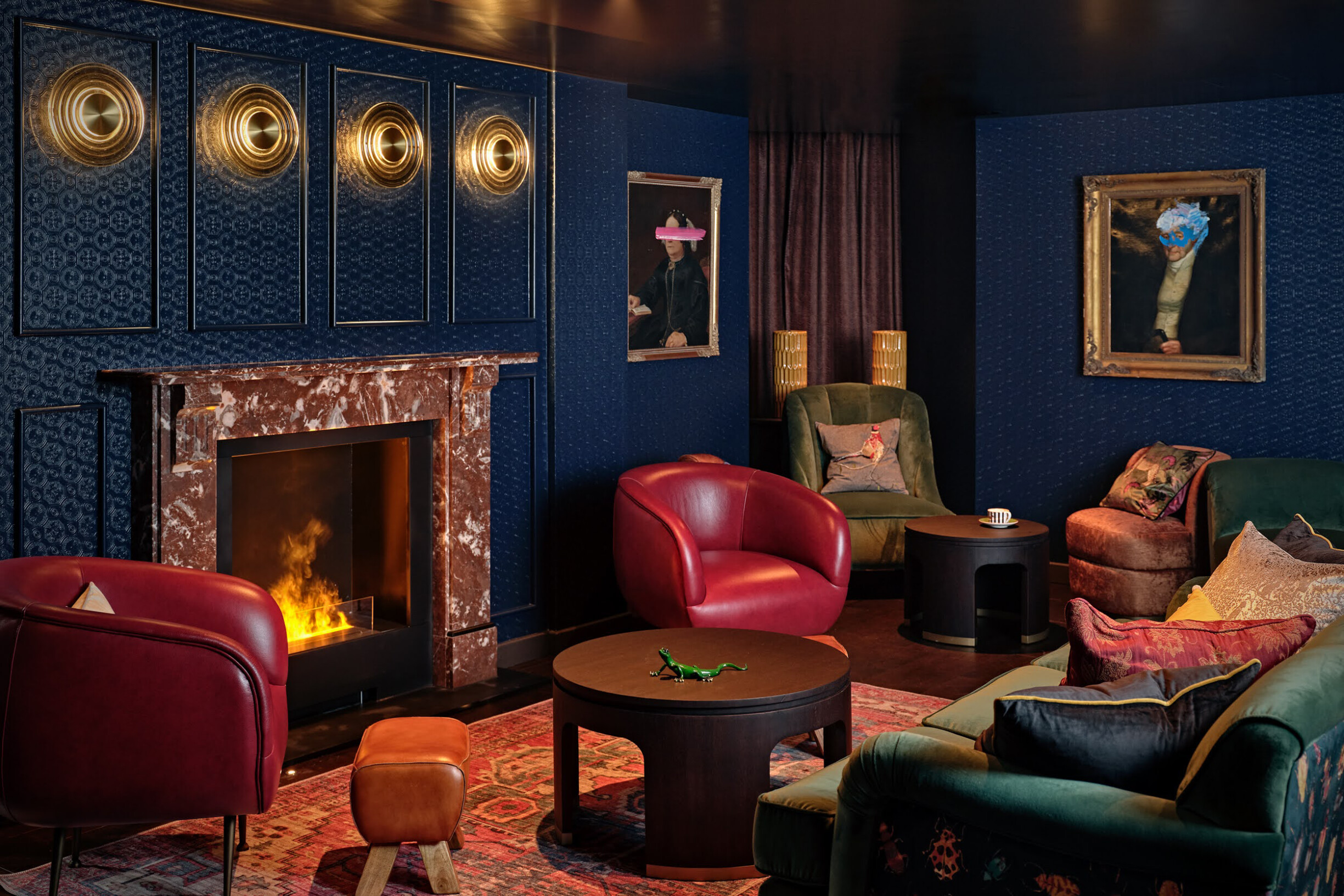
The feeling of transforming a space and seeing the joy on your clients' faces when they see their ideal environment finally become a reality is an invaluable reward. Ibrahim Mohamad Aladdin, Head of Design and Founder of Luxurious Interior Design in Saudi Arabia, believes that a designer's greatest gift is the reaction of those who live and experience the space created. Interior designers have the opportunity to positively impact people's lives, improving their daily lives through environments that promote comfort, functionality, and harmony. One of the most significant benefits of being an interior designer is the excitement of transforming abstract ideas into reality and clients' happiness when they see their dreams come true. Furthermore, interior design has the power to improve the health and well-being of clients, something that brings deep personal fulfillment.
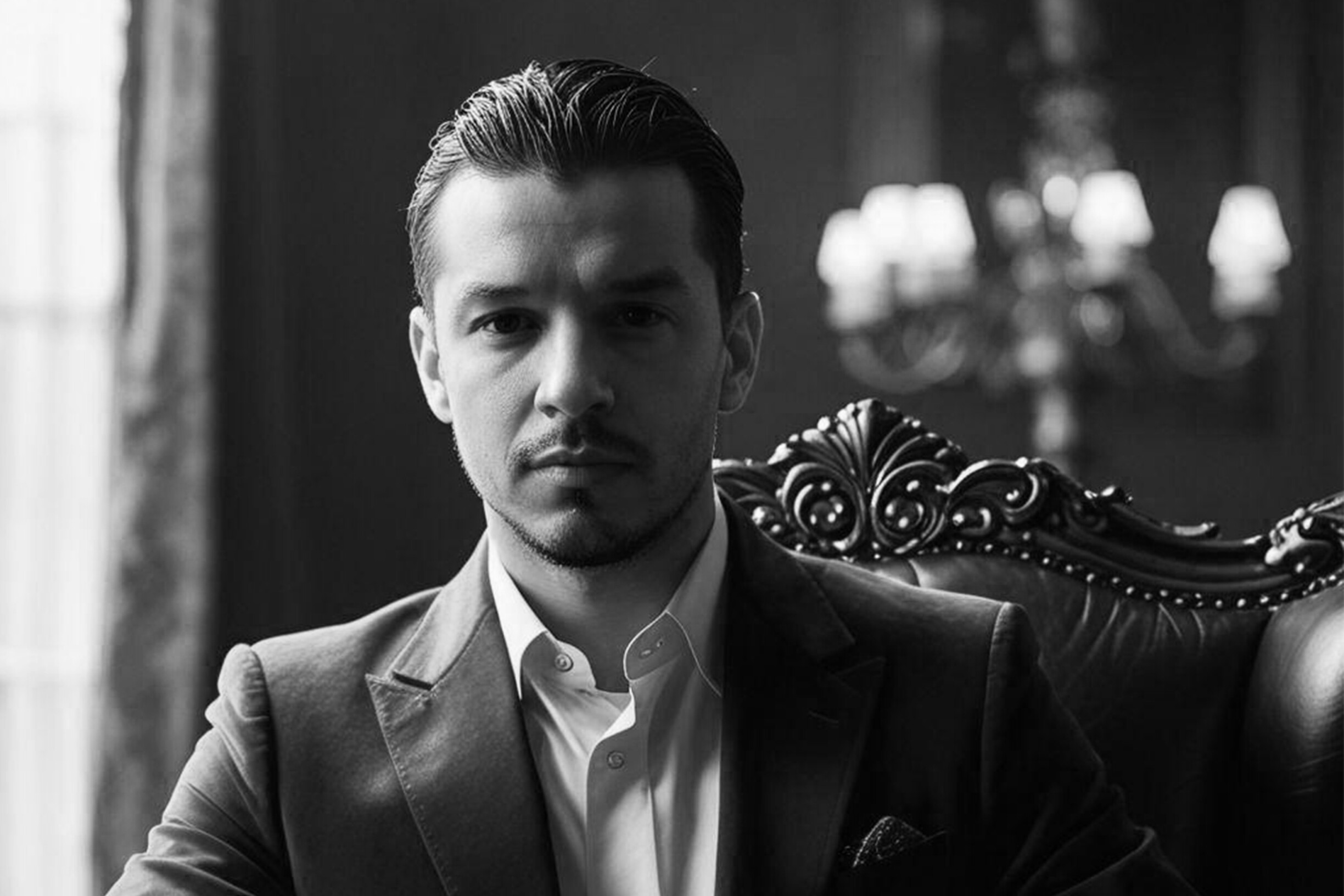
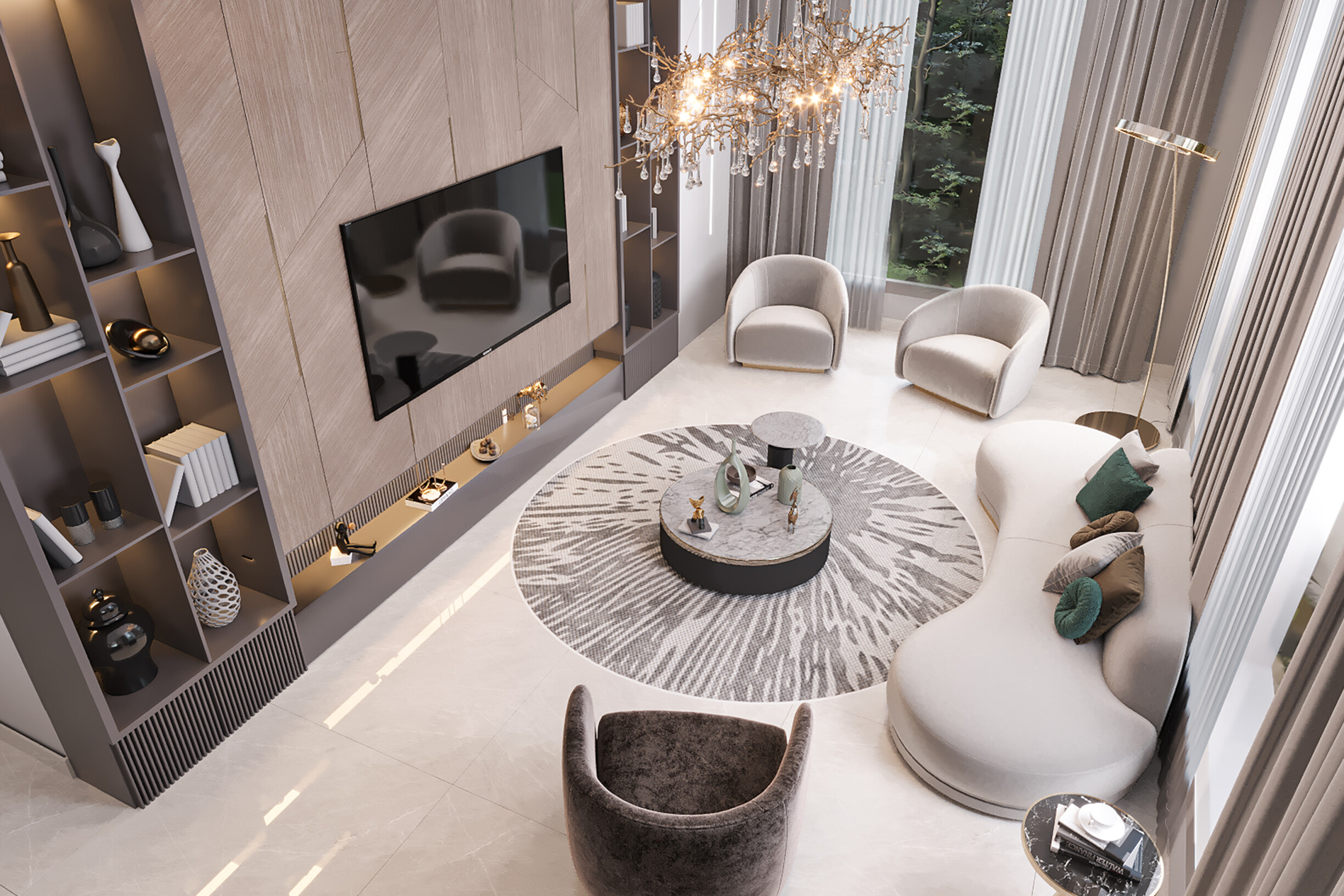
Interior design is a constantly evolving field. Furthermore, with the increasing demand for well-designed spaces, the interior design profession has gained more visibility and importance in the market. Being aware of trends and innovations allows us to create projects that keep up with modernization and anticipate future needs, Marlene Uldschmidt explained in an interview. Exploring new materials, technologies, and sustainable concepts always keeps the profession up-to-date and challenging.
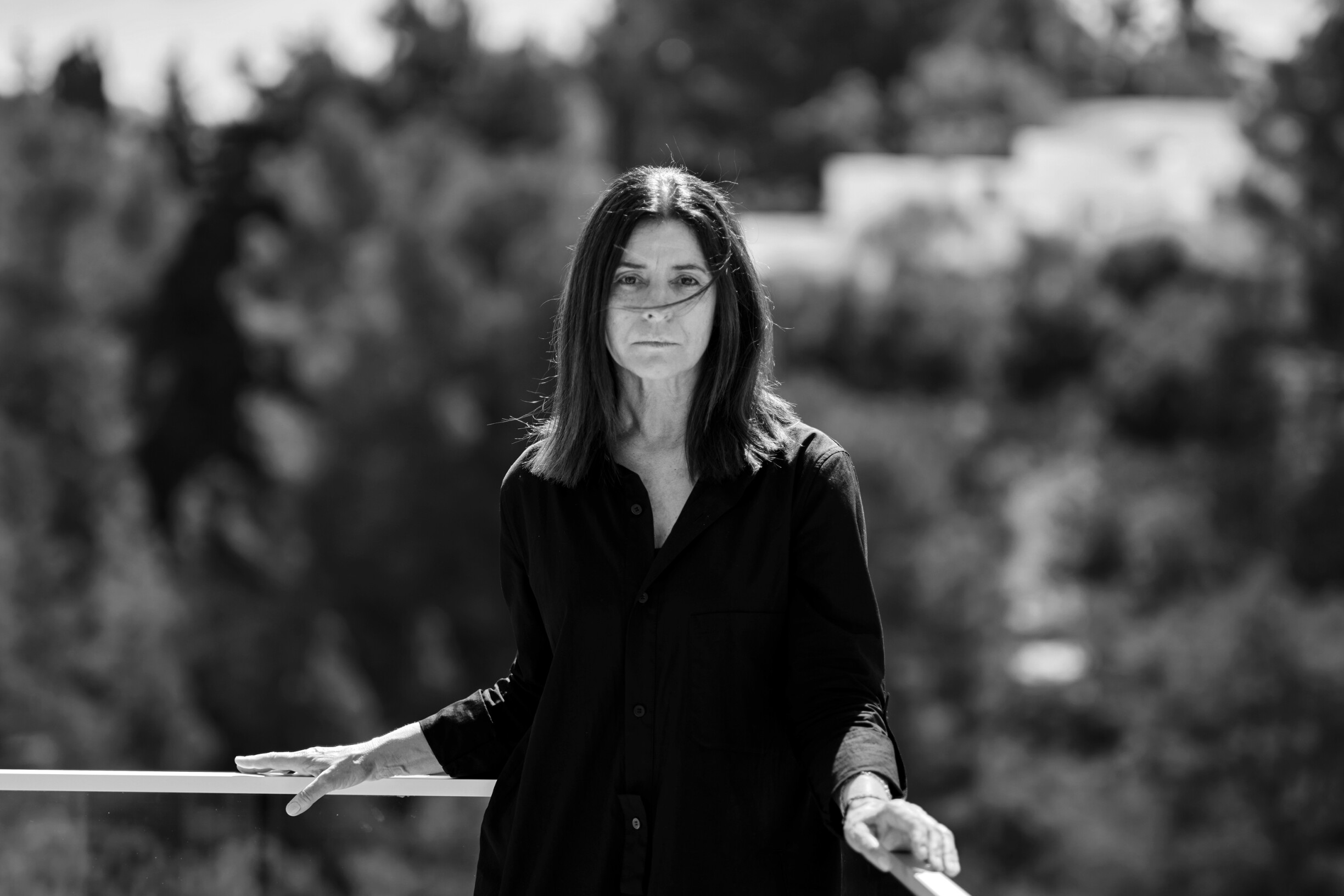
While the profession of interior designer offers many rewards, it also presents challenges that require resilience and adaptability.
One of the main difficulties faced by interior designers is balancing creativity and a project's practical limitations. As Lenka Petrakova, Lead Architect at Zaha Hadid Architects, mentions, the profession requires designers to reconcile limited budgets with the desire to create innovative and unique spaces. The pressure to deliver quickly and on a budget can challenge a designer's ability to maintain quality and authenticity in every project.
Furthermore, tight deadlines and often high customer expectations make the work even more demanding. To deal with these pressures, designers must be able to clearly communicate their ideas, negotiate realistic deadlines, and set expectations transparently from the beginning of the project.

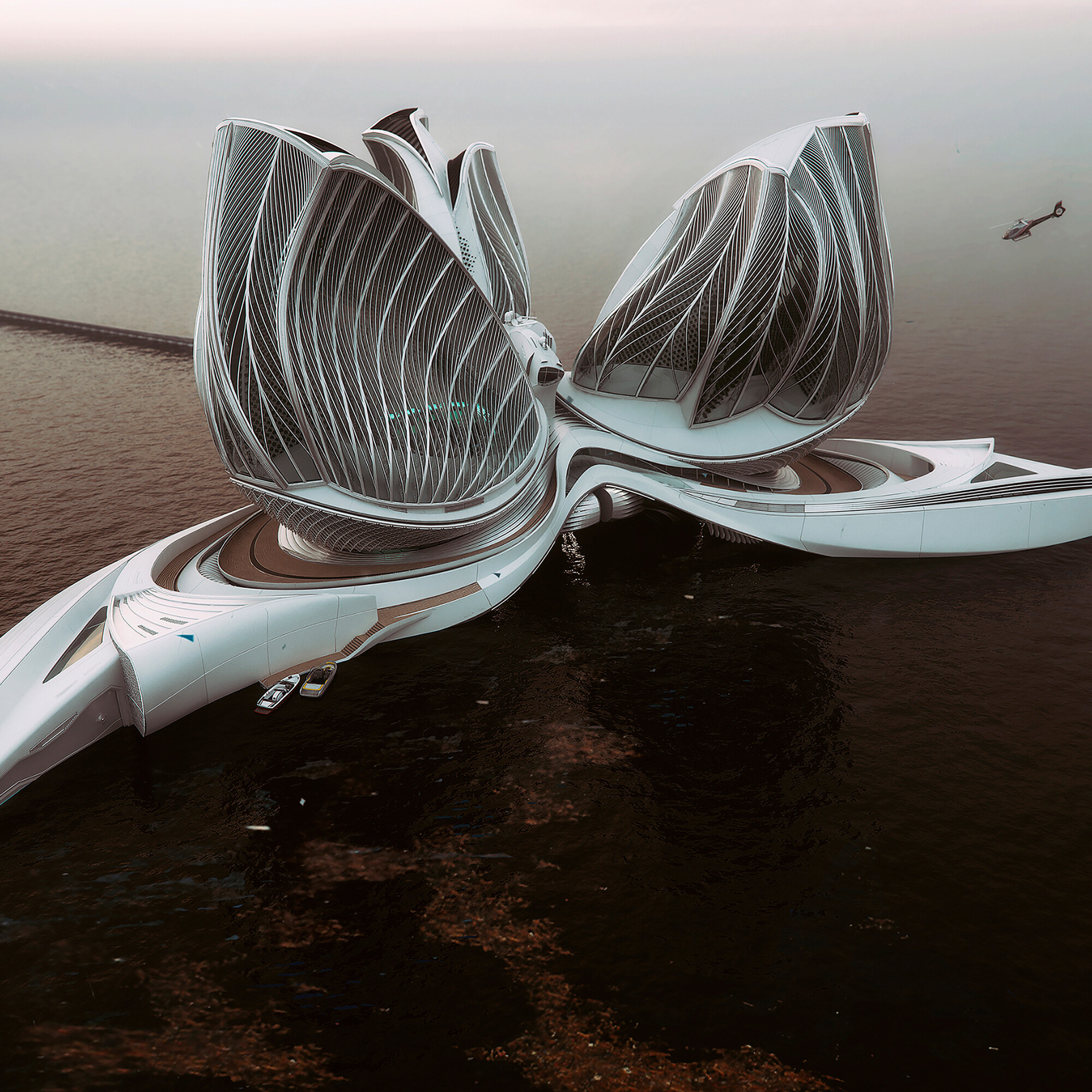
Customer expectations are not always aligned with the financial reality of the project. Finding creative solutions within the available budget can be a real challenge. The designer must be strategic in choosing materials, labor, and decoration to balance cost and quality without compromising the desired aesthetic.
The growing popularity of interior design has brought more opportunities and fierce competition. Building a solid career involves technical and aesthetic skills, marketing strategies, digital presence, and networking to attract clients and opportunities.
Interior design is constantly evolving, and to stay relevant, you need to keep up with new trends, materials, and technologies. Continuous updating through courses, fairs, and market research can be demanding, but offering innovative solutions aligned with customer expectations is essential.
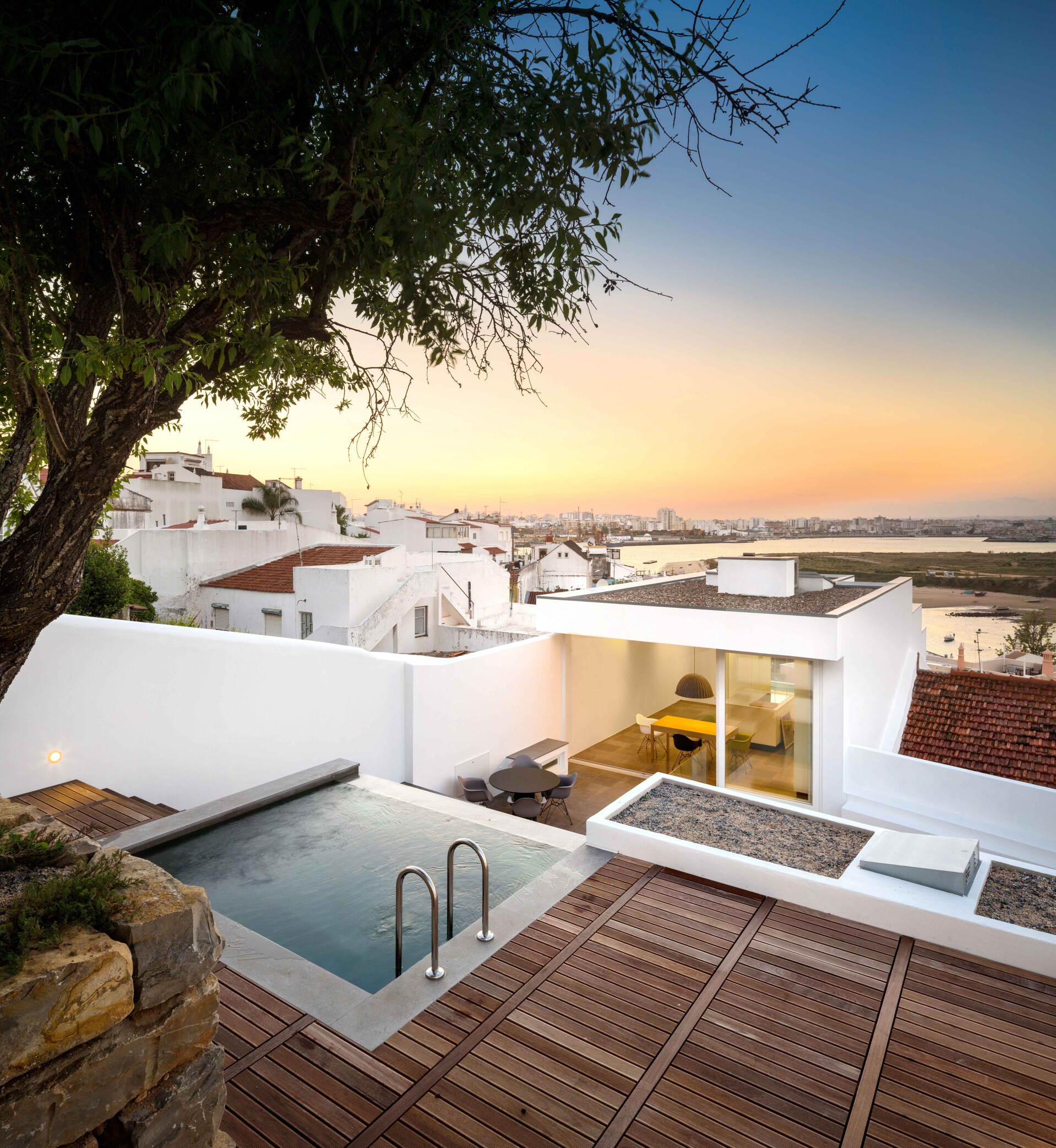
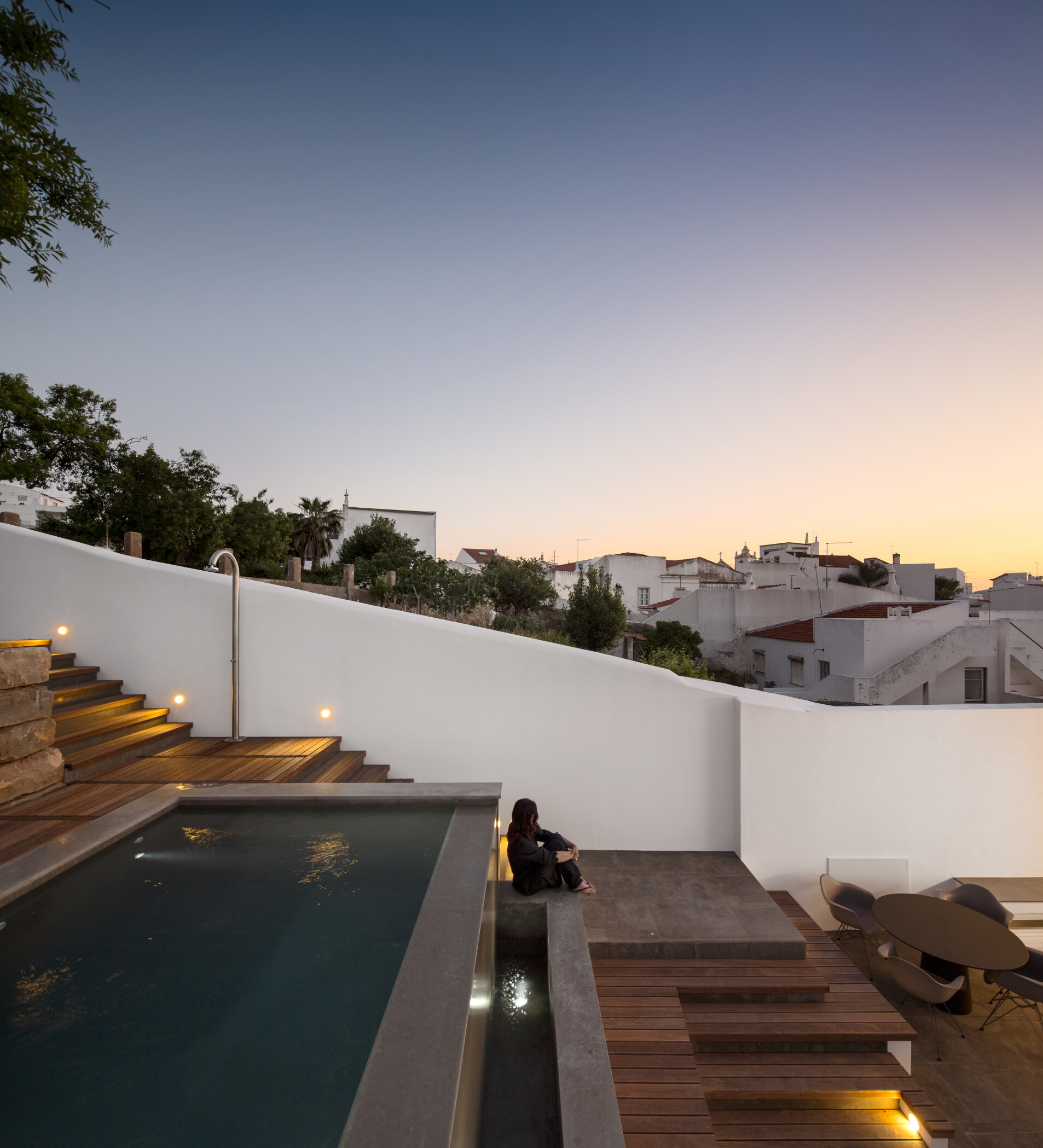
To excel in interior design, it is essential to develop a skill set that goes beyond creative talent. A successful designer requires a keen aesthetic vision and technical, organizational, and interpersonal skills that guarantee efficiency and excellence in each project.
Creativity is the heart of interior design. The ability to imagine and materialize innovative, harmonious, and functional spaces differentiates an ordinary professional from an exceptional designer. As Maureen Mahon highlights, intuition and aesthetic sensitivity are essential to creating environments that tell stories and awaken emotions. At the same time, a good designer must know how to adapt to different styles and needs, creating unique environments for each client.
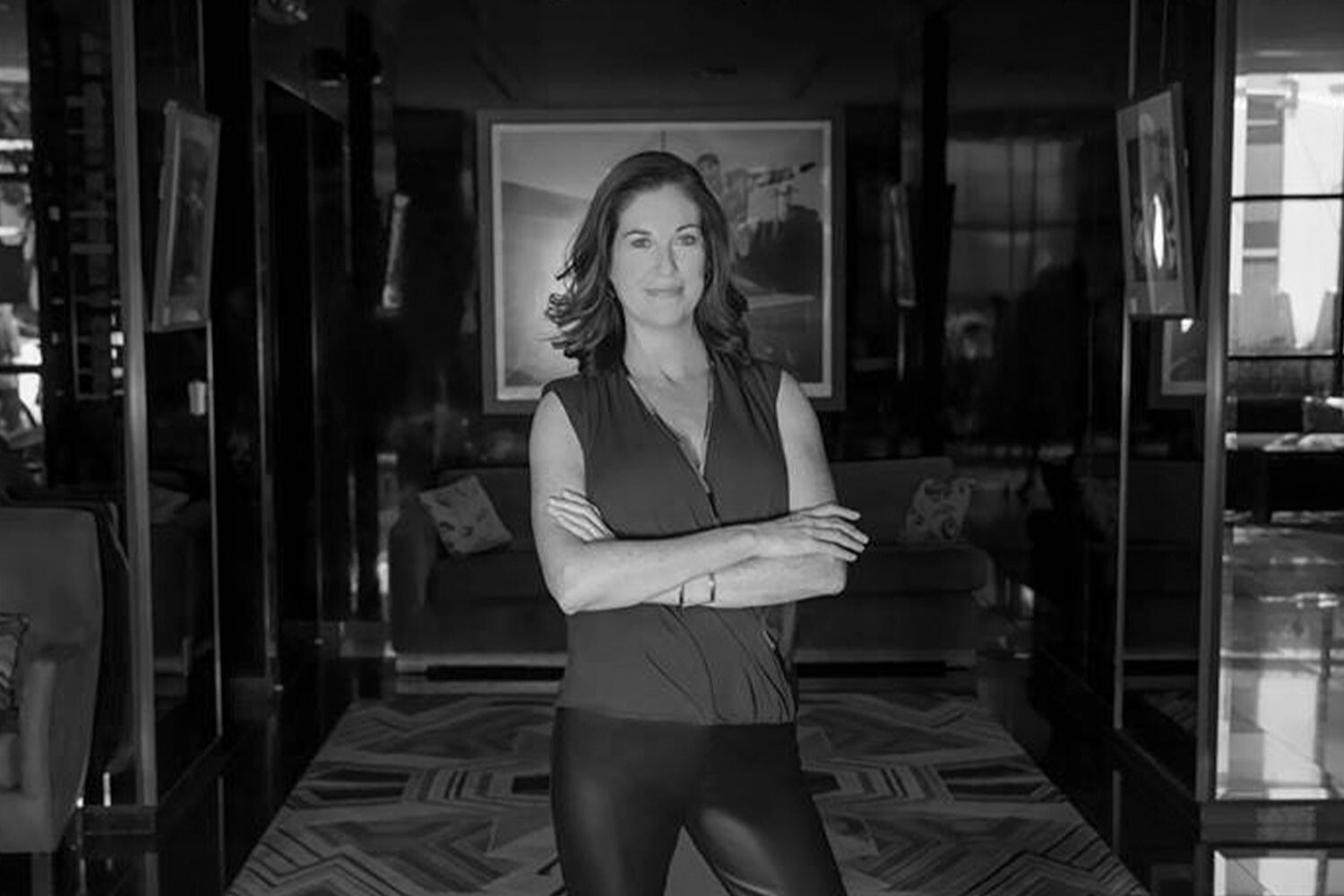
Listening to and understanding clients' needs is fundamental to any interior designer's success. As Rakan Jandali, Creative Director at KCA International and named Interior Designer of the Year at the 2024 CID MENA Awards, says, personalization and connecting with the client are essential aspects of a designer's work. A good professional must create a deep connection with clients, understanding their desires, values , and tastes to translate these ideas into accurate, personalized solutions. This effective communication is not limited to customer relationships but to suppliers and construction teams. Ensuring that everyone involved in the project understands and aligns with the client's vision is critical to the success and flawless execution of any design.
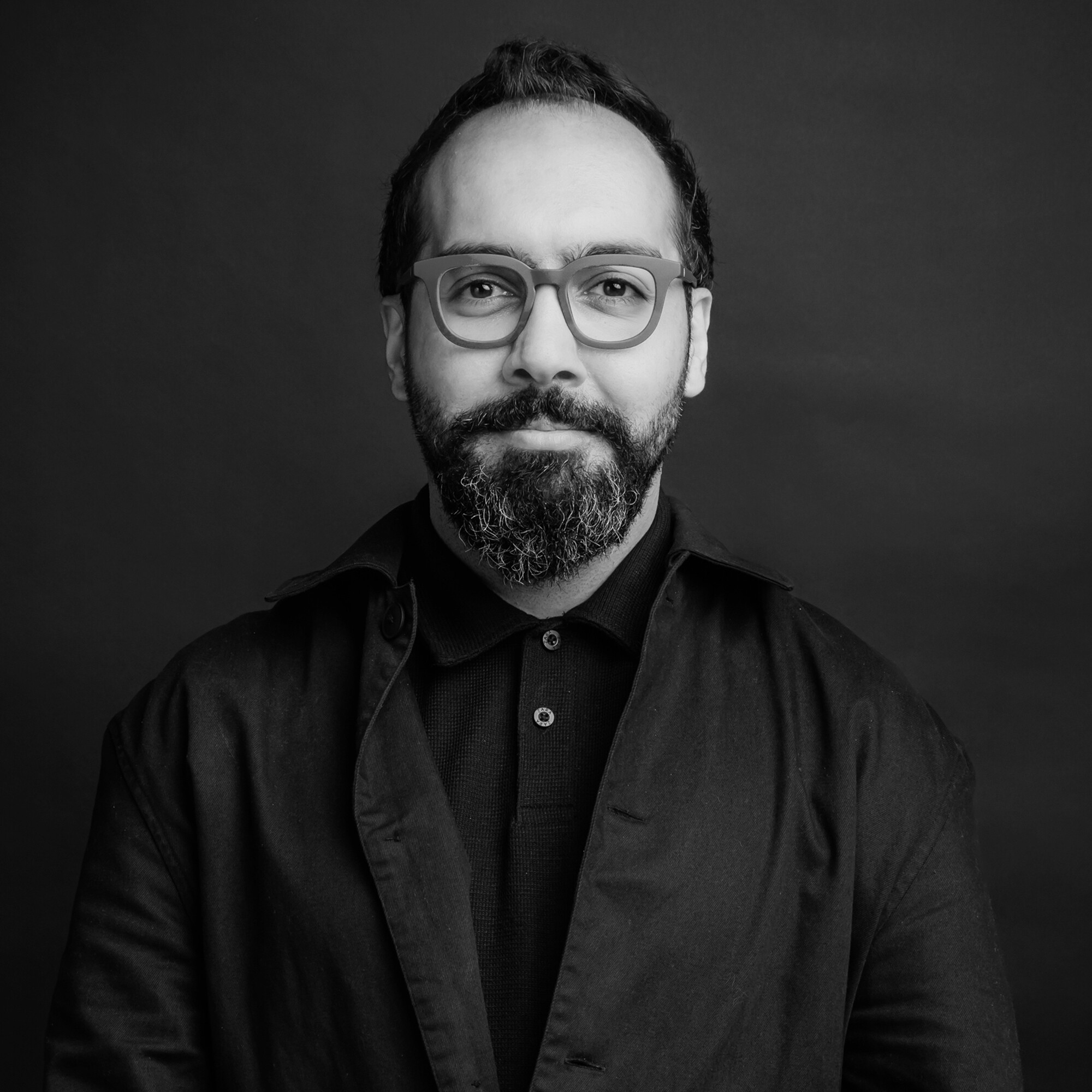
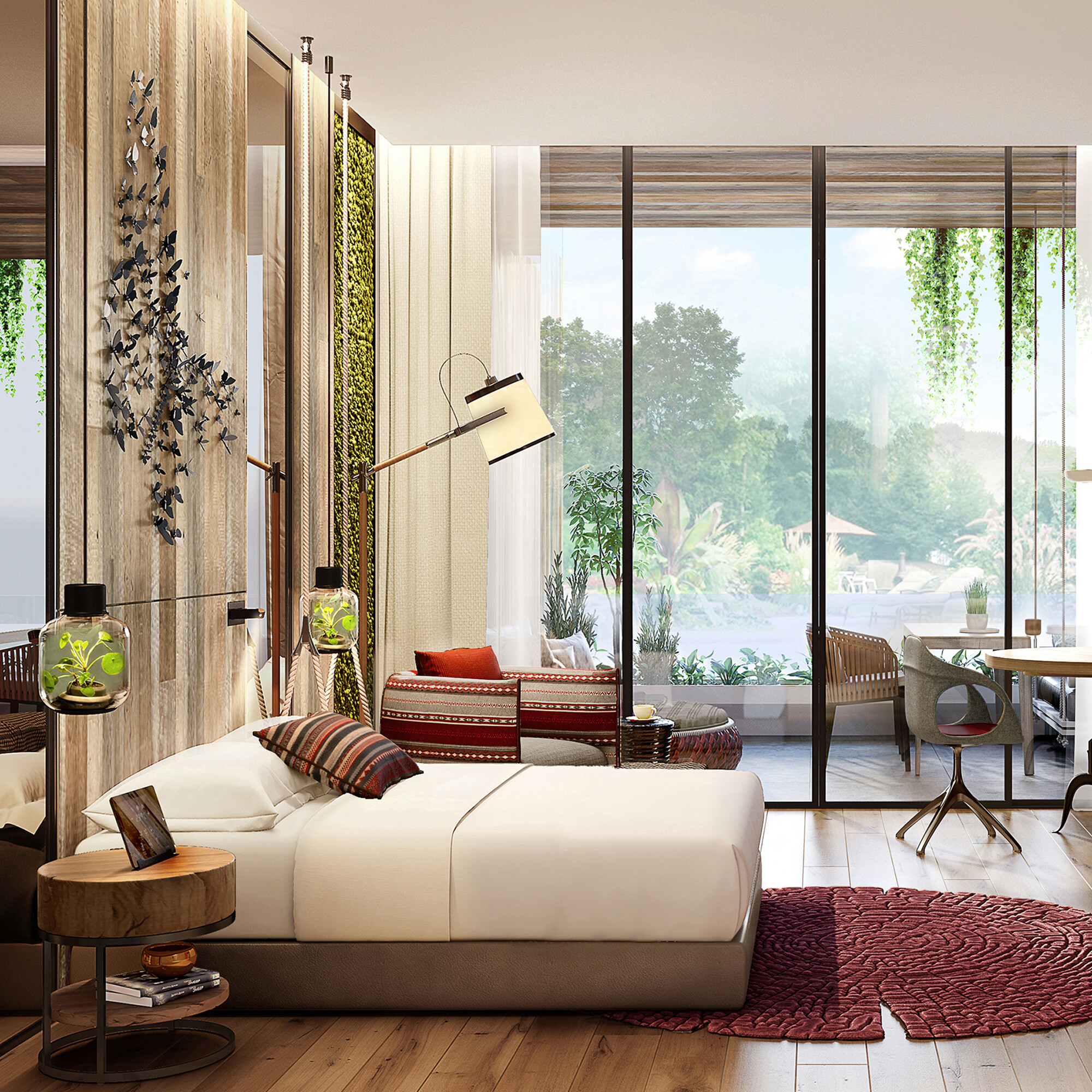
Managing deadlines, expectations, and resources is crucial to success. Furthermore, clear communication with clients, suppliers, and work teams makes all the difference in avoiding misunderstandings and ensuring that every project detail is executed accurately.
As we have already mentioned, interior design is not just about aesthetics. To create comfortable and efficient spaces, a thorough understanding of topics such as materials, lighting, ergonomics, 3D modeling software, technological tools, and even color psychology is essential. Mastering these technical aspects allows the designer to make informed decisions, ensuring functionality and durability in each project.
Designer and architect Steven Velegrinis highlights the importance of continuous learning in the profession, emphasizing how design must be in tune with new approaches, whether in sustainability, technology, or the appreciation of cultural heritage.
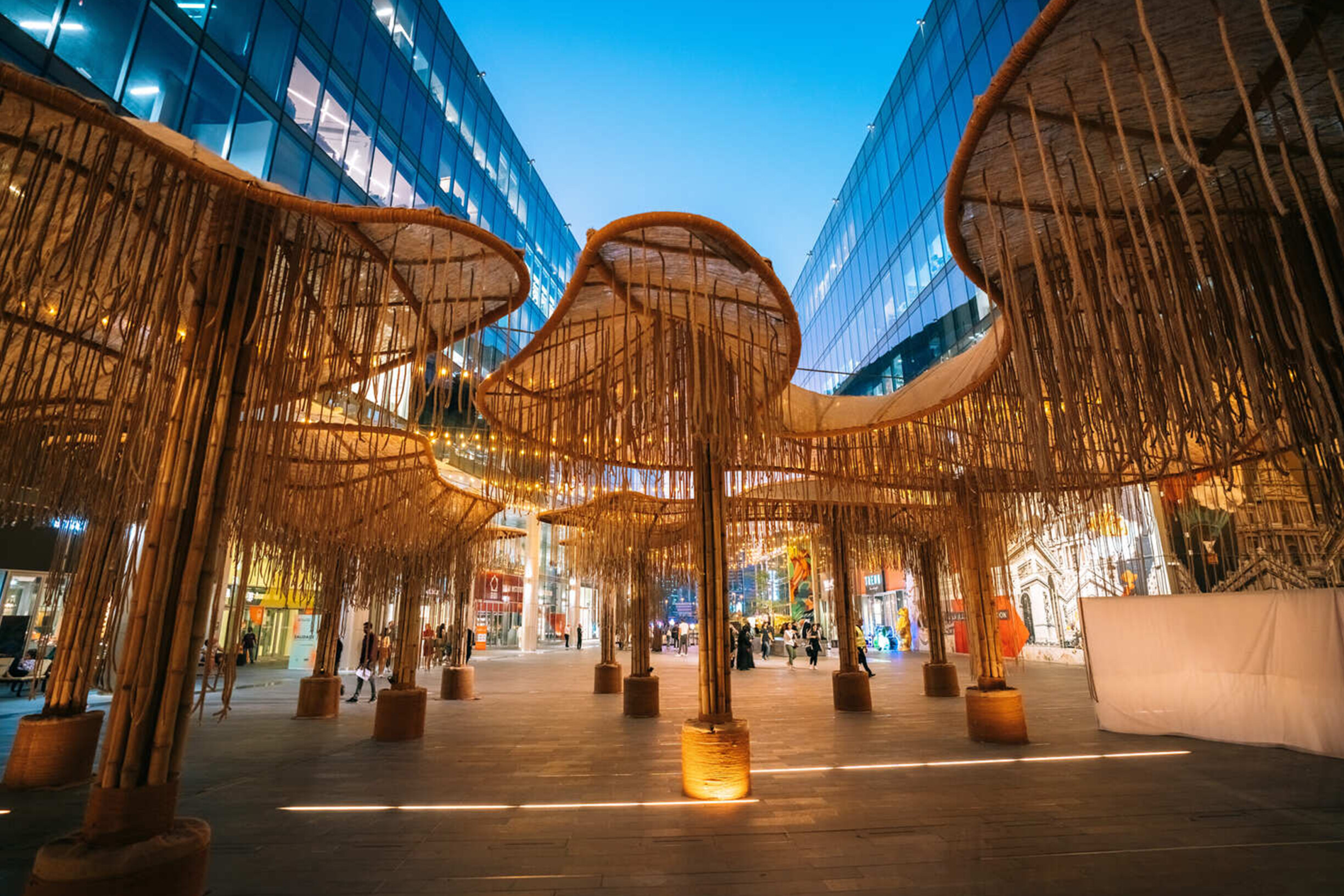
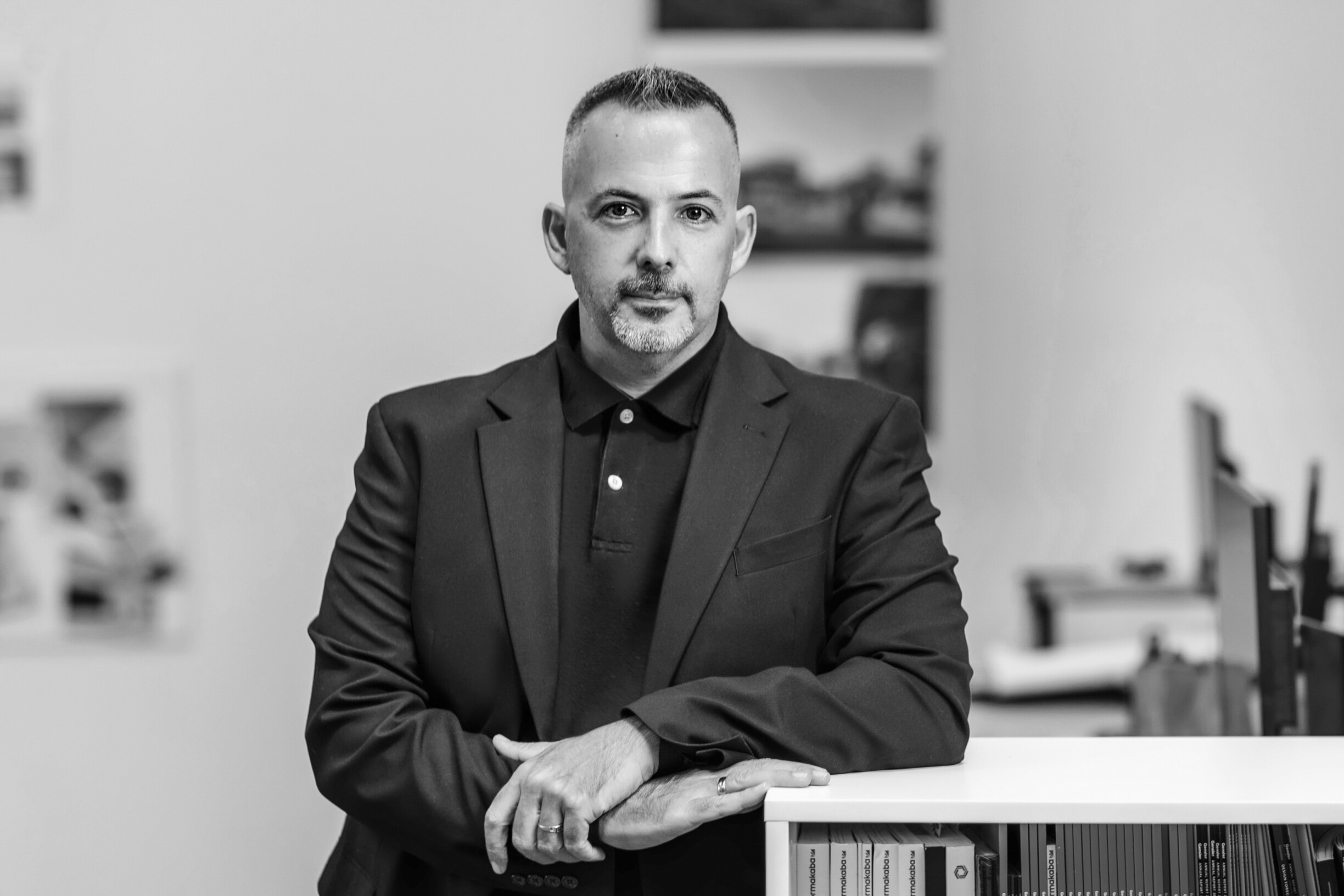
Constant evolution is what keeps interior design relevant and exciting. As such, faced with a constantly changing sector, with new trends, technologies, and customer demands, a successful professional must always be willing to learn and adapt, finding innovative ways to incorporate new concepts into their work.
Interior design is a fascinating career where creativity meets functionality, and aesthetic vision transforms spaces. An interior designer can profoundly impact the environment and people's lives through creative expression, diversity of projects, and the personal satisfaction of seeing a space come to life. However, like any profession, there are challenges, from deadline pressures to budgetary demands, that require careful management of resources, time, and expectations.
Every challenge represents an opportunity for growth. Obstacles are part of learning and evolution, strengthening communication, adaptation, and innovation skills. Each project is a new chance to create something unique, overcome limitations, and, ultimately, feel the gratification of seeing a space that not only meets but exceeds the client's expectations.
Interior design is more than aesthetics—it's an art form that tells stories, transforms environments, and, in doing so, improves people's lives. If creativity is the heart of this profession, the passion for transforming spaces and problem-solving skills are the driving forces behind this journey. The true reward for an interior designer comes when they see the impact their designs have on the well-being of those who experience them on a daily basis.
To stay ahead in the world of design, it is essential to keep up with trends, new technologies, and innovations in the sector. Follow the ALMA de LUCE blog to stay up to date with the latest news and insights in interior design, drawing inspiration from the most advanced approaches and unique pieces that make a difference.